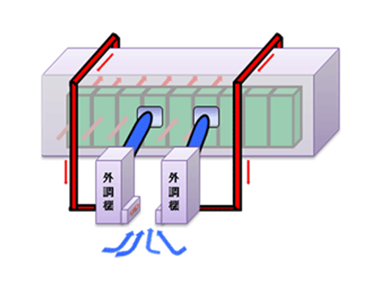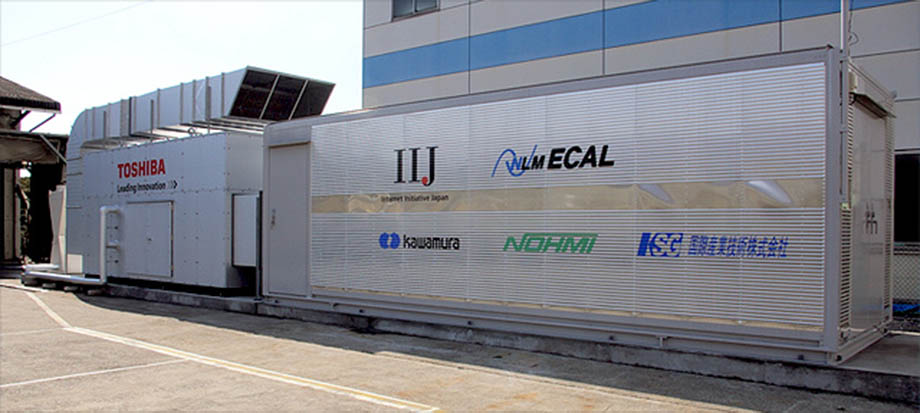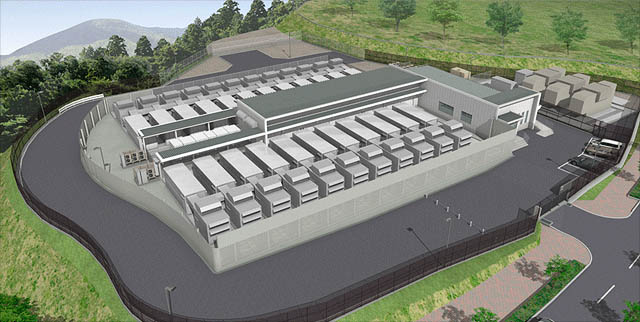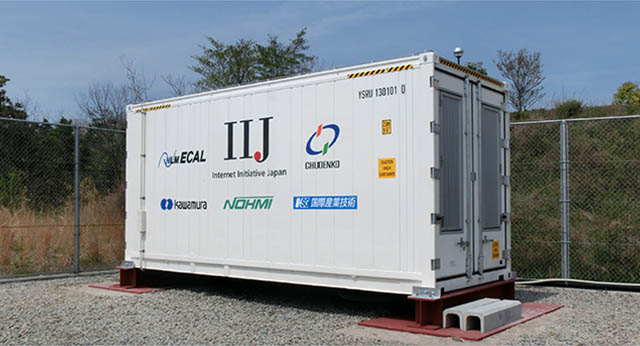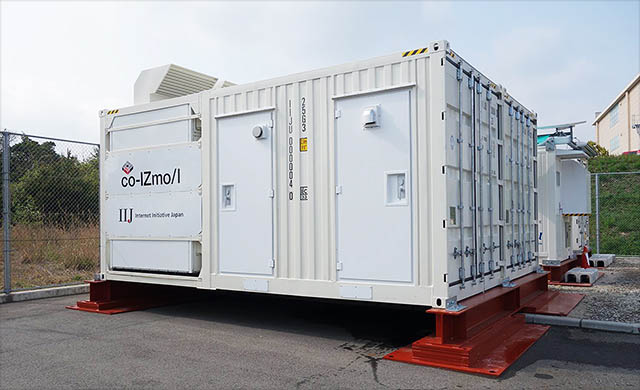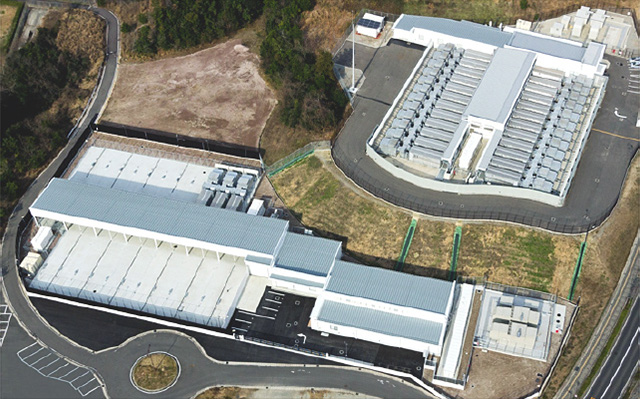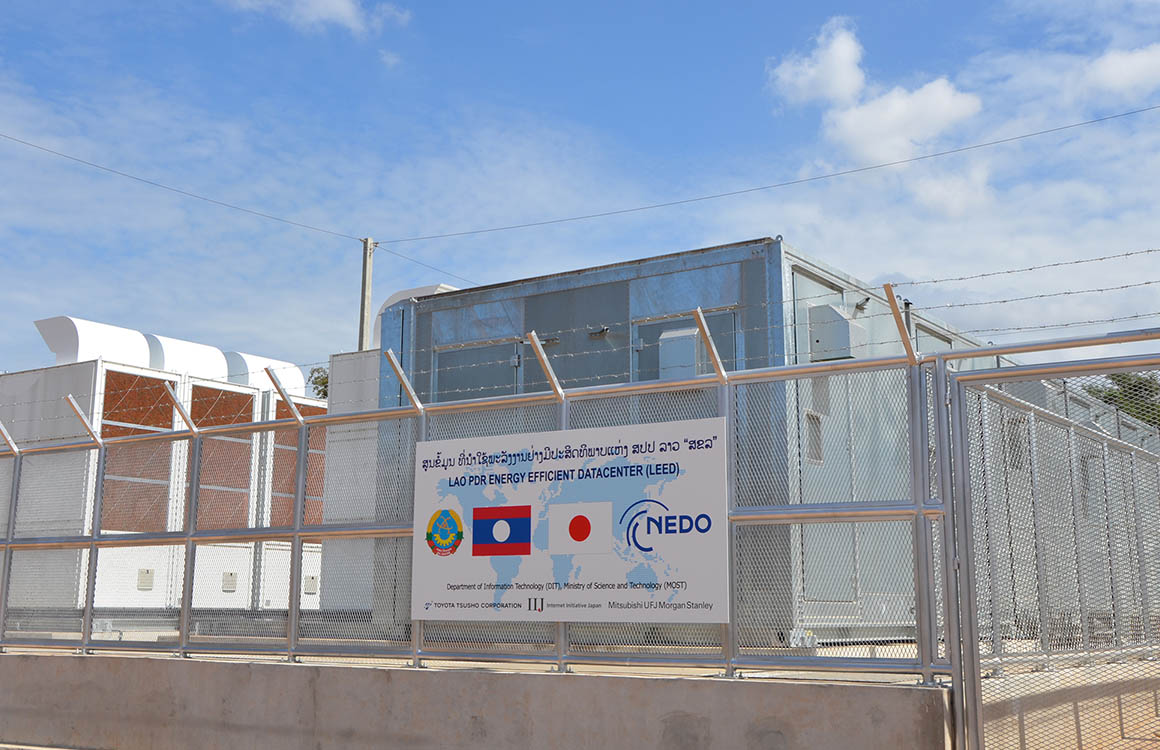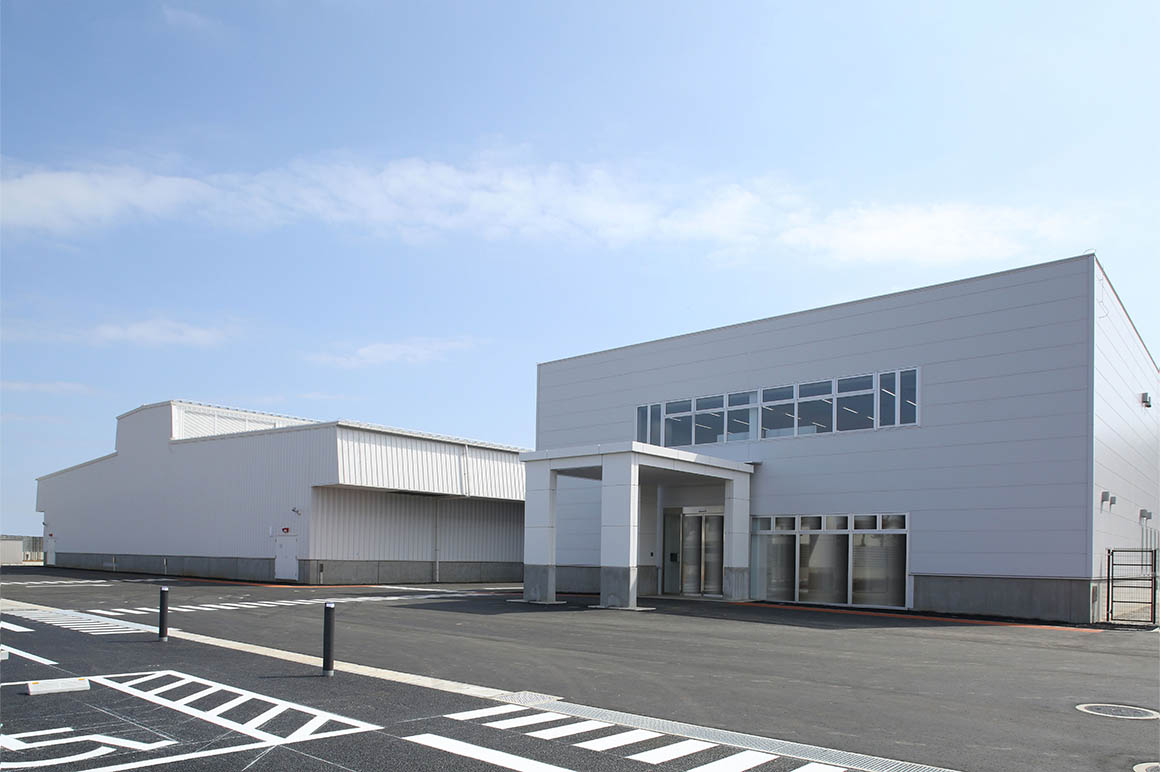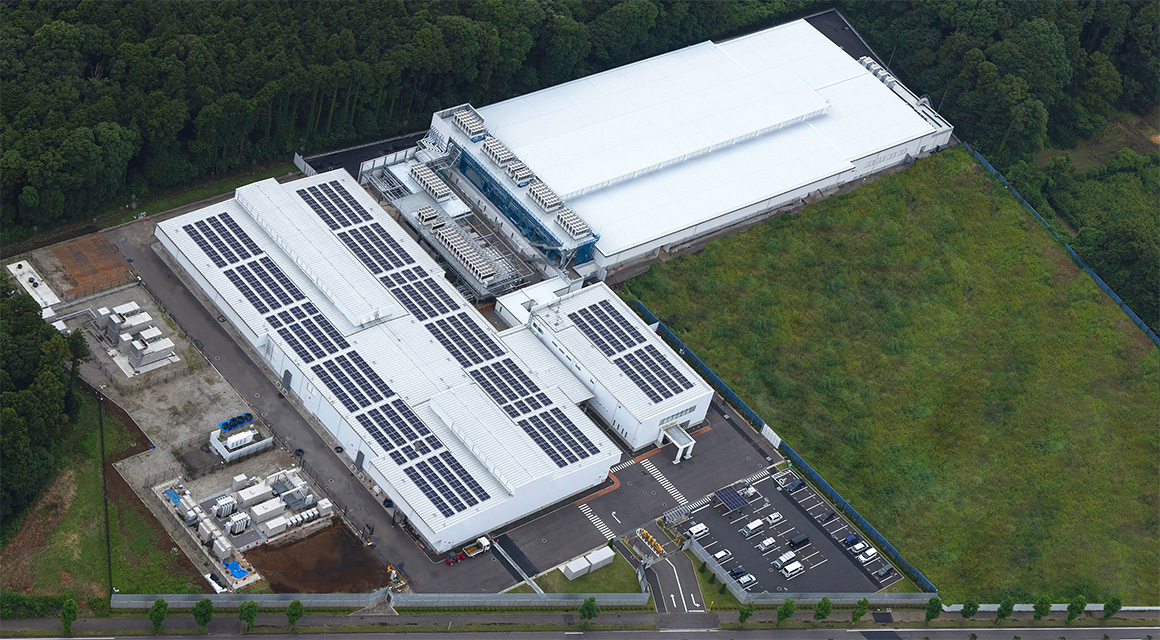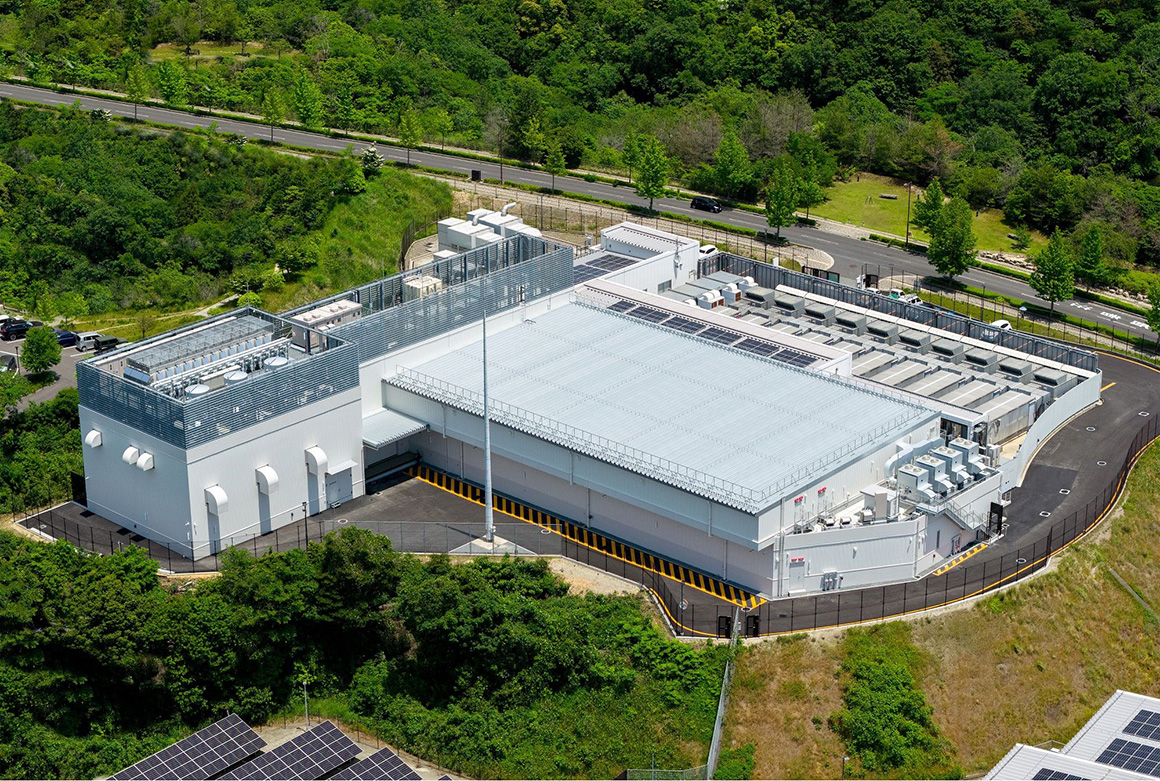1992 Birth of IIJ
IIJ was established in 1992 as Japan's first ISP (Internet service provider).
To set up a Japan-wide Internet backbone, the company leased data centers across the country and built NOCs (network operations centers).
Data centers with NOCs can connect directly to the IIJ backbone, Japan's largest, providing a highly accommodating environment for network services requiring broadband Internet connections. In 1995, the company launched housing and hosting services for such websites.
1998 Launch of wide-area LAN services
Moving into the latter half of the 1990s, IIJ gained recognition for the high quality of its system building and operations, and it gradually began taking on large-scale systems projects. In 1998, we established Crosswave Communications Inc. (CWC, sold to NTT Communications in December 2003) to provide WAN lines for businesses, and began providing wide-area LAN services (Layer 2 WAN services).
Wide-area LAN services were revolutionary because they connect users directly to WANs via the same Ethernet technologies used for the LANs in corporate offices, and billing is not dependent on communication line distance. At that time, IIJ's service was an astounding offer for companies whose long-distance communication costs were high, because WANs were built using high-speed digital leased lines.
As CWC's sales expanded rapidly, the company was in need of stations across Japan to expand its own network. At the time, we used large storage containers to build these stations without incurring heavy costs. We set up 24/7 network equipment in container-based stations installed outdoors. Through this experience, we learned that containers could be used in the installation of communication equipment.
And even after CWC left the IIJ Group in 2003, some of our engineers still wondered whether we could make use of this setup for data centers, and thus IIJ's data center development team continued to pursue research on this topic.
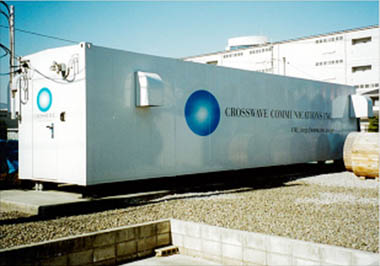
Late 1990s Cloud services in their infancy and NHN
Another big shift happened in the late 90s. Once server-side Java and ASP became available and the infrastructure for connecting to databases and processing payments online was in place, the construction of e-commerce sites using dynamic site features became commonplace.
The system architecture of e-commerce sites is similar across different customers' sites. Arranging the required equipment lineup and organizing it into components ahead of time therefore makes it possible to have the right combination of components ready to go when a customer orders a site, resulting in efficiency gains. It was with this in mind that we created the resource-on-demand service IBPS, the predecessor to our current IIJ GIO cloud service. With this setup, customers can use the resources they need when they need them, and cancel resources when they are no longer required. The customer need not bear the risk of asset ownership. IBPS was an example of what we now call IaaS.
IIJ also operates and manages large-scale service facilities providing the infrastructure for numerous services.
To reduce the cost of managing and operating these facilities, IIJ continued to pursue standardization and automation and created a next-generation service infrastructure technology it calls NHN (Next Host Network).(Japanese text only) Thanks to this technology, IIJ gained expertise in the low-cost operation of large server environments.
Over the course of more than a decade leading up to the launch of the IIJ GIO cloud service in 2009, IIJ overcame a range of challenges in the process of evolving its IaaS business and service infrastructure. Based on this experience, the company also came to understand that reducing the cost of data center facilities and power usage would be the most effective means of making IIJ GIO even more cost competitive.
2000s From water cooling to outside-air cooling
The data center development team's research on containers continued.
As IIJ's services expanded, it became clear that we would be unable to keep up with the speed of large-scale capital investment if we relied on urban data centers alone.
Increases in IT equipment power consumption and the resulting increases in air-conditioning system power consumption were also predicted to become a society-wide problem.
We therefore continued our research on containers with water-cooling systems, which were at the time said to be efficient, but we discovered that the capital investment and operating costs would not come down as much as we had expected. Meanwhile, outside-air cooling was already known to be an efficient cooling method, but there were no cases of it being used on a data center in Japan as the main year-round cooling mode due to structural problems associated with buildings and other factors. A study in the US, however, revealed that some data centers had begun to use outside air as their main cooling medium, and this prompted a major change of tack toward outside-air cooling at IIJ in pursuit of significant reductions in power consumption.
Yet we had nothing to refer to or guide us, so our research began with containers of a completely different structure to what we use now.
